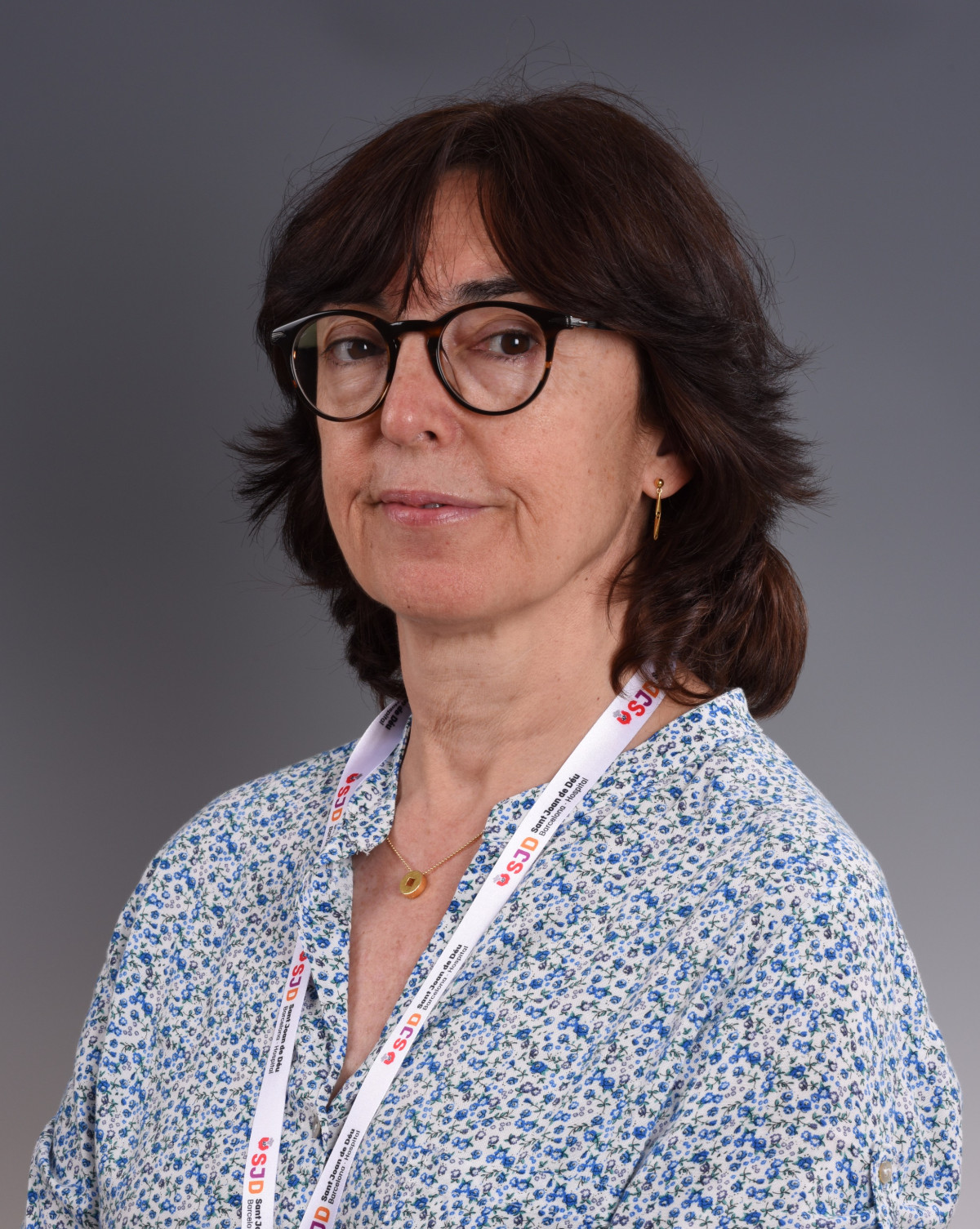
Dr. Ofelia Cruz: “Patients are the main characters of the disease and research must support their needs”

Behind every Share4Rare research project, there are great medical researchers. Dr. Ofelia Cruz is one of these professionals, and she participates in the study that seeks to detail as much as possible the natural history of certain ultra-rare childhood tumours.
Dr. Cruz has focused her research on childhood and adolescent cancers located in the nervous system, brain and spinal cord. “I also study rare tumours in other tissues. My goals are essentially to improve the knowledge we have about these tumours, identify prognostic factors and explore new treatments”, she states.
Childhood cancer is different from adult cancer. “These are groups of different diseases that vary in their origin, frequency of appearance, prognosis and social impact. Tumours appearing during childhood and adolescence are called developmental cancers, as they relate to the mechanisms of tissue origin and differentiation". As Dr. Cruz explains, in many cases these tumours originate in the embryo and are associated with a single alteration during epigenetic regulation (the molecular machinery that controls the expression of genetic material or DNA), while adult cancer appears usually due to the accumulation of mutations in the genetic code, which occur as get older.
This explains why childhood cancers are not found in adults and vice versa. "For example, children do not have colon or breast cancer and adults do not have embryonal tumors such as neuroblastoma or retinoblastoma".
On the other hand, childhood cancer is actually a very heterogeneous group of diseases, each of them with a very low incidence, and therefore they are considered rare or ultra-rare diseases.
When we ask her about the prevention of these developmental tumours, Dr. Cruz gives an overwhelming number:
“In children we can only do early detection in 10% of cases, when it comes to patients with genetic alterations that predispose them to develop cancer"
"In most cases, these factors are not known, so we depend on the diagnosis of suspected clinical signs, and we must also know how to differentiate them from common symptoms of much more frequent and benign diseases”. And, to achieve this, we must know the disease very well.
Dr. Cruz is very clear about the importance of connecting patients with the same rare tumour, as Share4Rare does. “Connecting patients helps empower their voice, identify their problems and encourage the search for solutions. Patients are the main characters of the disease and research must support their needs. In addition, in cases of rare tumours, the connection between patients reinforces the possibility of identifying similar cases”. Dr. Cruz claims that this has a double utility: 1) accelerate research about their disease to know its origin or to achieve early diagnoses or find treatments (or that these are more effective and less toxic) and 2) receive support and feel that they are not alone.
Dr. Cruz's work on the Share4Rare project on rare tumours focuses on paediatric patients with pancreatic tumours. These are very rare and very different from the tumours of the adults. “My personal interest arrived when I treated a patient with an ultra-rare tumour of the pancreas, called solid pseudopapillary neoplasm of the pancreas. Given its rareness, there is very little information is available on this tumour. In addition, I participate in other projects addressing brain tumours and other rare tumours”.
The Share4Rare project on rare pancreatic tumours
The project on paediatric pancreatic tumours tries to disseminate the available knowledge on these diseases, identify and connect patients and families who have been diagnosed with these diseases. Giving visibility to these diseases can improve patient care through information and support for communication between professionals and other more experienced centres, and this is the first step to promote research. “By connecting families and professionals, we can initiate a collaborative study that includes a collection of biological samples for in-depth studies of the characteristics of these diseases. This would allow us to understand why they are originated, to differentiate them from other diseases and to search for new, more effective treatments”.
